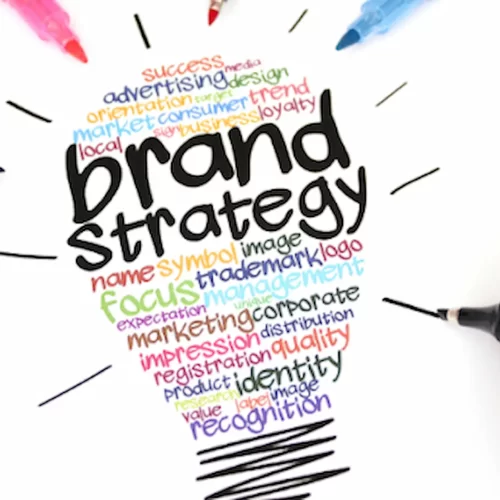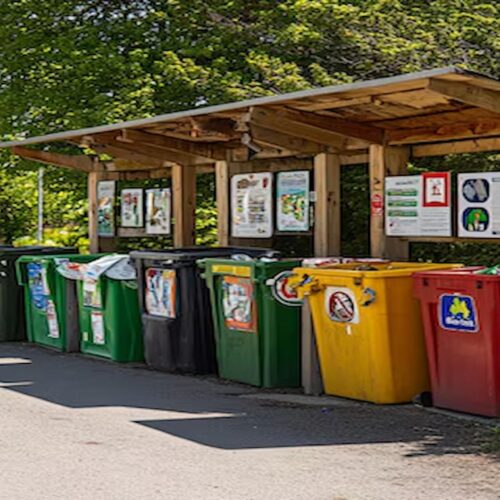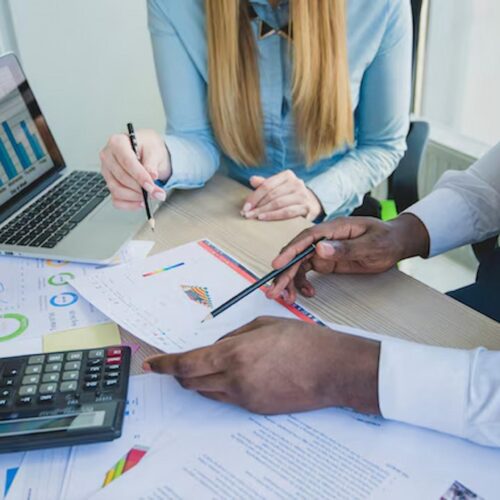Designing the perfect custom bag can elevate your brand, gift-giving, or personal style. Follow these essential tips and tricks to create custom bags that stand out, deliver quality, and leave a lasting impression.
Custom bags have become integral to branding, gift packaging, and personal expression. Whether you’re a business looking to offer stylish packaging for your products or an individual seeking unique designs for events or personal use, creating the perfect custom bag requires careful planning and attention to detail. Custom bags go beyond just looks—they should be functional, durable, and reflective of the message or brand you aim to convey.
In this guide, we’ll explain everything you need to know about designing custom bags, from choosing the right materials to incorporating personalised design elements. These tips and tricks will help you create custom bags that not only look great but also effectively serve their purpose.
Selecting the Right Materials: Durability Meets Aesthetics
When it comes to designing custom bags, the material is the foundation. Choosing the suitable material depends on your intended use and the impression you want to make.
- Durability: If your bags will carry heavy items, select materials like canvas, denim, or heavy-duty cotton. These materials provide sturdiness and ensure that the bag will last longer, reflecting your brand’s or message’s quality.
- Eco-Friendliness: Sustainability is a growing trend in packaging. Opting for eco-friendly materials like jute, organic cotton, or recycled polyester can resonate with environmentally conscious consumers. According to a 2023 study, 72% of consumers prefer brands that align with sustainable practices.
- Aesthetic Appeal: For more elegant or high-end uses, consider materials like satin, velvet, or faux leather. These options offer a luxurious feel and elevate the overall look of the custom bag, making it perfect for events or gifting purposes.
Designing for Functionality: Don’t Sacrifice Utility for Looks
No matter how visually appealing a custom bag is, it must serve its functional purpose. Before designing it, consider how and by whom it will be used.
- Size and Shape: For retail packaging, smaller bags with sturdy handles might be ideal, while larger tote bags with reinforced stitching work better for event swag or groceries. The bag’s size should comfortably hold the intended items without looking too bulky or tight.
- Compartments: If your custom bag is for regular use, adding compartments or pockets can significantly enhance its practicality. For example, backpacks or work bags often come with extra sections to store laptops or chargers.
- Handle Strength and Length: The handles should match the weight of the bag. Thin, short handles may be suitable for light items, but heavier bags should feature reinforced and padded handles for comfort and durability.
Branding and Personalisation: Your Logo, Colors, and Message
Custom bags offer a fantastic opportunity to showcase your brand or personal message. The key to effective branding on custom bags is subtlety and consistency.
- Logo Placement: Your logo should be prominently displayed but not overpower the design. Consider printing it on the centre of the bag, on one side, or even on the handle. Ensure that it is easily visible but blends seamlessly with the overall design.
- Colour Schemes: Stick to your brand colours to maintain consistency. If you’re designing for a personal event, select colours that align with the theme. A study found that consistent colour schemes improve brand recognition by up to 80%, so this choice significantly impacts how people remember your brand.
- Typography: If you’re adding a tagline or message, select fonts that are clear, readable, and match your brand’s personality. Avoid overloading the design with too much text. Instead, focus on a few impactful words or a short phrase.
Choosing the Right Printing Method: Quality That Lasts
The printing method you select for your custom bag design plays a significant role in the final appearance and durability of the graphics. Several popular printing techniques are available, each with its advantages.
- Screen Printing: Ideal for bold designs and large logos, screen printing offers vibrant colours and a durable finish. This method works well for simple designs with fewer colours and can be applied to various materials.
- Embroidery: If you want a premium feel, embroidery can add texture and depth to your design. It’s an excellent option for logos or smaller text and works well on heavier materials like canvas or denim.
- Heat Transfer: This method allows for highly detailed designs with many colours. It’s perfect for custom bags that feature complex artwork or images. However, heat transfer may not last as long on bags frequently washed or exposed to heavy use.
Considering Eco-Friendly Options: Go Green, Stay Relevant
In today’s market, sustainability matters. Consumers are increasingly drawn to brands that demonstrate environmental responsibility. Designing eco-friendly custom bags can reduce your carbon footprint and appeal to a broader, more conscientious audience.
- Reusable Materials: Opt for materials that can be reused multiple times, such as organic cotton, jute, or hemp. These materials are biodegradable and cause less harm to the environment.
- Minimalistic Design: Less is more when it comes to eco-friendly designs. Avoid excessive printing or multiple materials that may make recycling difficult. Simple, elegant designs often have a timeless appeal.
- Promoting Reusability: Make sure your custom bags are designed for long-term use. To encourage sustainability, add small incentives for customers who reuse the bags, such as discounts or special offers.
Adding Unique Elements: Make Your Bag Stand Out
To ensure your custom bag leaves a lasting impression, think beyond the basics and add unique elements that capture attention. Customisation allows you to create a design that reflects your vision and purpose.
- Custom Handles or Straps: Instead of using traditional handles, opt for unique options like rope handles, braided straps, or adjustable lengths to enhance the bag’s look and functionality.
- Textured Elements: Embossed logos, metallic finishes, or sequins can make your custom bag design luxurious. These elements work exceptionally well for special events or high-end retail packaging.
- Interactive Features: Consider adding detachable keychains, pockets for small accessories, or hidden compartments. These small touches elevate the user experience and make your custom bag more versatile.
Conclusion
Creating the perfect custom bag requires a delicate balance between functionality, aesthetics, and branding. You can craft custom bags that serve as practical items and powerful branding tools by carefully selecting materials, focusing on functionality, and incorporating thoughtful design elements. Remember, the best custom bags are those people want to reuse, showcasing your brand or message long after leaving your store or event.
Whether designing for a business, a wedding, or a personal gift, follow these tips and tricks to ensure your custom bags make a lasting impression.




